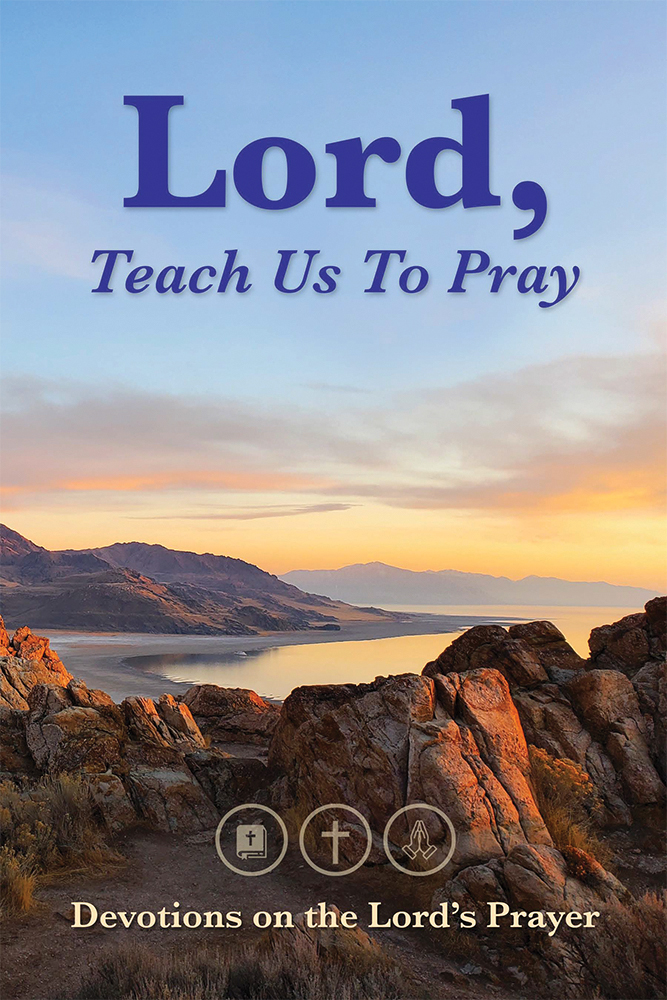
[Note: This blog post is part of the Questions About Bible Translations Series.]
Over the past two posts, we explored two different approaches to Bible translation:
- Literal (Formal Equivalence): staying as close as possible to the original wording.
- Dynamic Equivalence: focusing on translating the meaning of a phrase or idea clearly in today’s language.
But is there a way to bring the strengths of both together? That’s the aim of optimal equivalence.
A Blended Approach
Optimal equivalence is a translation philosophy that seeks to balance accuracy and readability. It still prioritizes faithfulness to the original Hebrew and Greek texts, but it’s also willing to adjust sentence structure or word choice when a more literal rendering would confuse modern readers.
In other words, it asks both questions:
- What did God’s Word say?
- How can we say that faithfully and clearly today?
A popular example of this approach is the Christian Standard Bible (CSB). It describes its method as “combining the best features of both formal and dynamic equivalence.”
Another example of this balance—though not always labeled “optimal equivalence”—can be seen in the Evangelical Heritage Version (EHV). The EHV avoids extremes, aiming for doctrinal faithfulness, linguistic clarity, and devotional depth.
An Example in Practice
Take Psalm 1:1 as an example.
- A literal version (ESV): “Blessed is the man who walks not in the counsel of the wicked.”
- A dynamic version (NIV): “Blessed is the one who does not walk in step with the wicked.”
- An optimal equivalence version (CSB): “How happy is the one who does not walk in the advice of the wicked.”
The CSB chooses “how happy” instead of “blessed,” reflecting the emotional tone of the original word while making it feel accessible. “Advice” replaces “counsel”—a word more familiar in modern usage. It’s still faithful, but it’s adapted for clarity.
Strengths of Optimal Equivalence
- Balance: Readers benefit from accuracy and readability, without leaning too far into either rigidity or paraphrasing.
- Clarity Without Oversimplifying: When literal phrases might confuse modern readers, optimal equivalence aims to express the same meaning in smoother, current language.
- Good for Devotion and Study: This approach works well for personal reading, teaching, and group study—bridging the gap between depth and understanding.
Weaknesses to Consider
- Still Requires Discernment: While more balanced, optimal equivalence is still a human translation. Some choices may reflect interpretation or preference.
- Not Perfect for Word Study: Those wanting to dig into precise word meanings (especially for doctrinal study) may still prefer pairing it with a more literal version.
The Goal Remains the Same
Whether you read a literal, dynamic, or optimal equivalence translation, remember that no translation should obscure or water down the gospel message. The Scriptures were given to make us wise for salvation through faith in Christ Jesus (2 Timothy 3:15). Every faithful translation should point us there.
The heart of the Bible is not a style of language—it’s the good news of Jesus, crucified and risen for us.
A Prayer
Lord, thank you for giving us your Word and guiding faithful hands to translate it for every generation. As I read, study, and share your Word, keep my eyes fixed on Jesus. Let every passage lead me to trust your promises, treasure your truth, and grow in grace. In Jesus’ name. Amen.
Did you enjoy this post? Subscribe for free devotional content every week!
Scripture references come from the Holy Bible: Evangelical Heritage Version. Click here to learn more about this translation. Have questions about the Bible itself? Check out a helpful series here.


Leave a Reply